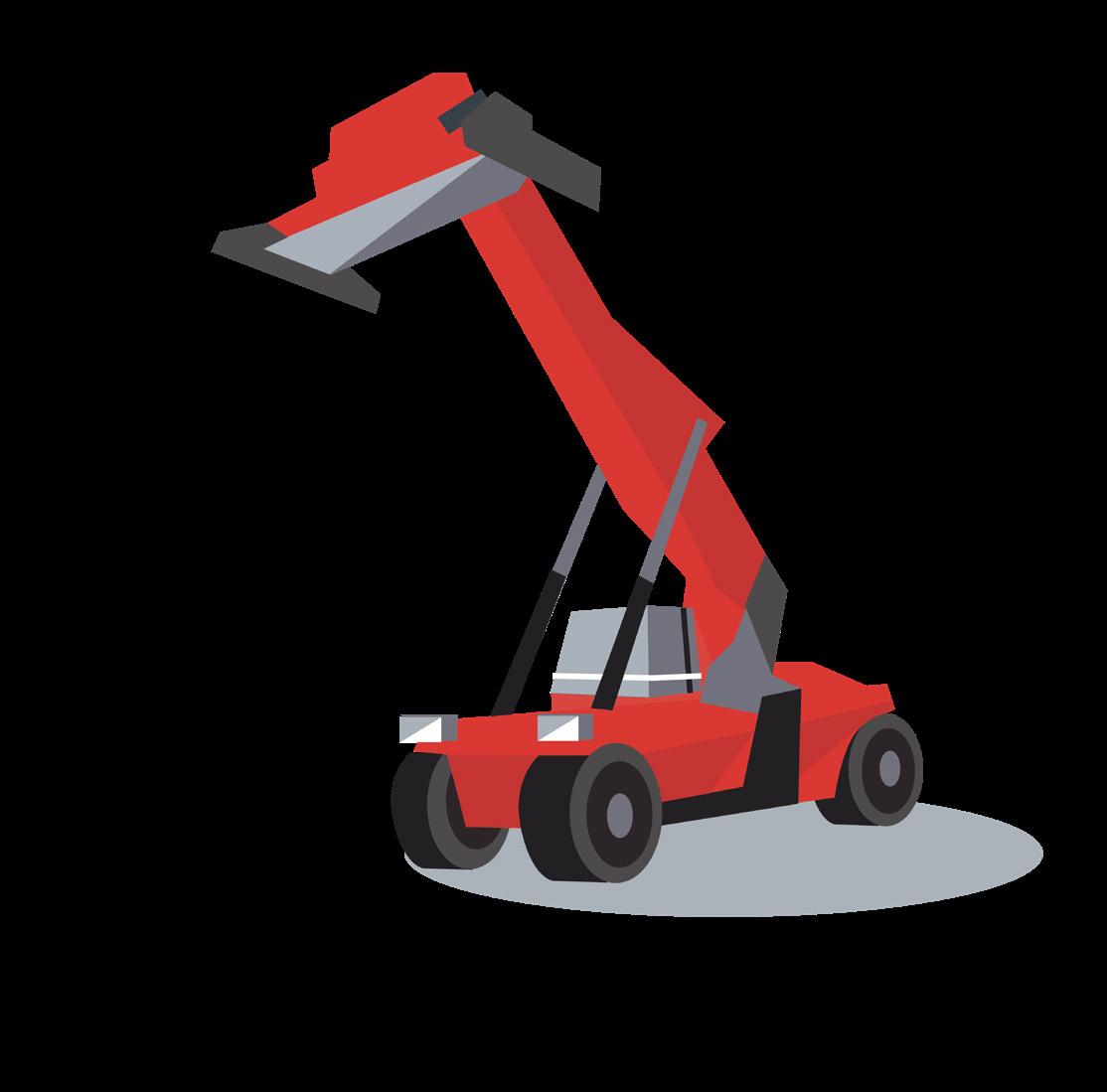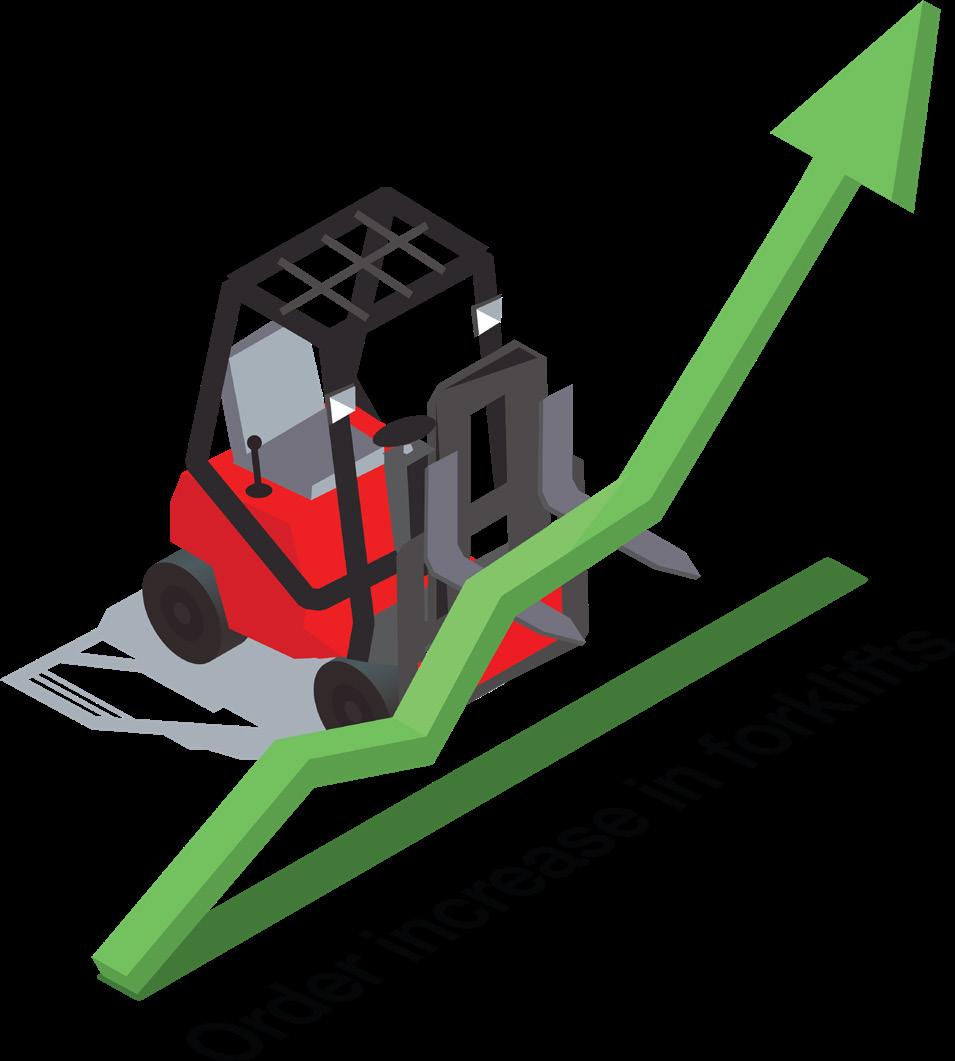
1 minute read
electric truck?
This article covers the heavy truck segment, defined by trucks and vehicles that can lift over 9 tons.
Heavy trucks play a central role in internal logistics, especially in the steel, forest, mining, and port industries.
Background
Although lighter truck segments offer mainly electric vehicles today, it is a relatively new occurrence within the heavy segment–-but this is changing. We are on the verge of a significant shift linked to electrification. Over the last two years Kalmar has seen a sales increase of 58% and an increase of 570% since 2016.
Technological advancements have led to the benefits of electric vehicles outweighing the lower purchase price of diesel engines–especially when it comes to TCO. Today, the oldest electric trucks in the heavier segment have traveled 53 794 km (33,367 miles) and been in operation for around 10,000 hours, on par with many of the older electric cars on our streets. So even if the technology is new, there are well-documented statistics about usage and operation.
The technology is ready
The first heavy electric forklift truck from Kalmar has been used since 2014


53,794km
Distance travelled since 2014

9,468 h of operation since 2014
759,000 tons since 2014
Demand
Heavy industry and shipping account for 41% of the world's GDP. The production of steel, plastic, ammonia, and cement emits about 500 million tons of CO2 per year, accounting for 20% of the world's global emissions. These emissions have long been judged inaccessible, but companies and industries recognise the development of heavy electric vehicles as a key to meeting the EU's climate goals and future legislation.
500M tons CO2/year comes from heavy industry
..That is 20% of the world’s total CO2 emissions
33% of Sweden’s CO2 emissions come from heavy industry/logistics
At many large northern European industrial companies, the environmental issue has shifted from visions and CSR goals to more concrete KPIs with associated time frames for implementation. As part of this development, the need for fossil-free alternatives for internal transport, logistics chains, and workshop vehicles has increased exponentially.
Beyond the environmental necessity, there is great potential for companies at the forefront of the electric transition to reap benefits like increased productivity, measurability, economic savings, and safety.
Increase in orders
287% 2013 8.7% market share 2020 25% market share
Until the year 2022 an increase in sales of 100% is expected
Characteristics
2013 8,7%
2020 25%
In comparison with diesel-powered vehicles, electric vehicles have fewer components, meaning less maintenance. In terms of performance, there are no significant differences from dieselpowered trucks. However, there are several advantages to electric vehicles that we address in the next chapter.








